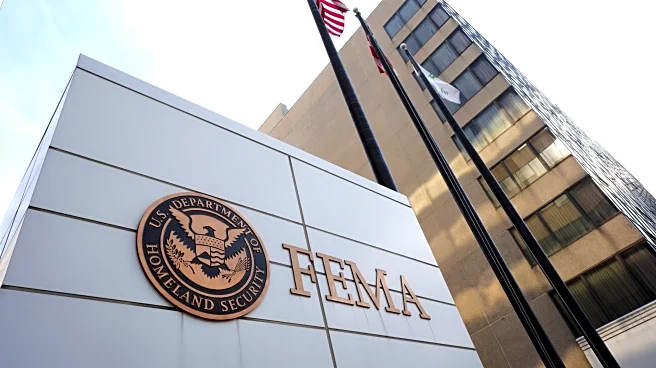What's Happening?
The Citizens Budget Commission has issued a report highlighting the need for New York to increase its millionaire population to prevent significant tax revenue losses. The report notes that while New York State nearly doubled its number of millionaire earners from 2010 to 2022, other states like California, Florida, and Texas have surpassed it in growth rates. This decline has resulted in New York falling from second to fourth in the nation for millionaire households, with Florida and Texas overtaking it. The report warns that if New York had kept pace with these states, it could have collected an additional $13 billion in taxes in 2022 alone. The report attributes the decline to factors such as high taxes, quality of life concerns, and economic opportunities elsewhere.
Why It's Important?
The decline in New York's millionaire population has significant implications for the state's fiscal health. Millionaires contribute a substantial portion of the state's tax revenue, with 1% of taxpayers generating 40% of city personal income tax revenue and 44% of the state's. The loss of these high earners could exacerbate budgetary challenges, impacting public services and infrastructure funding. The report suggests that New York's high tax rates and cost of living may be driving millionaires to states with more favorable conditions, potentially leading to a further decrease in tax revenue and economic competitiveness.
What's Next?
The report's findings are likely to influence upcoming political debates, especially with elections approaching. Policymakers may need to consider strategies to retain and attract wealthy residents, such as tax reforms or improvements in quality of life. The issue of millionaire migration could become a focal point in discussions about economic policy and state competitiveness. Additionally, the report may prompt further analysis of the impact of tax rates and living conditions on the state's ability to attract high-income individuals.
Beyond the Headlines
The report raises broader questions about the sustainability of New York's economic model and the balance between taxation and attracting high earners. It highlights the potential risks of relying heavily on a small segment of taxpayers for revenue and the need for diversified economic strategies. The findings may also spark discussions about social equity and the role of wealth distribution in shaping public policy.














